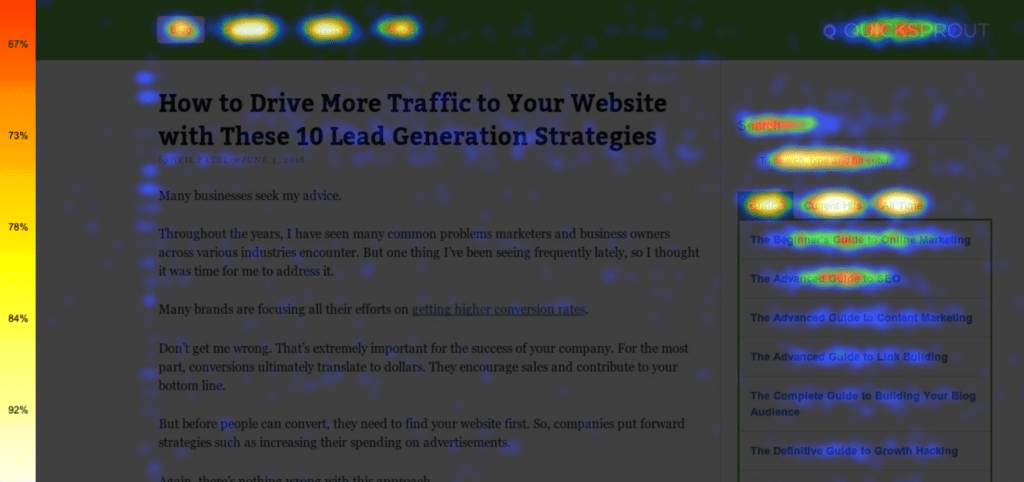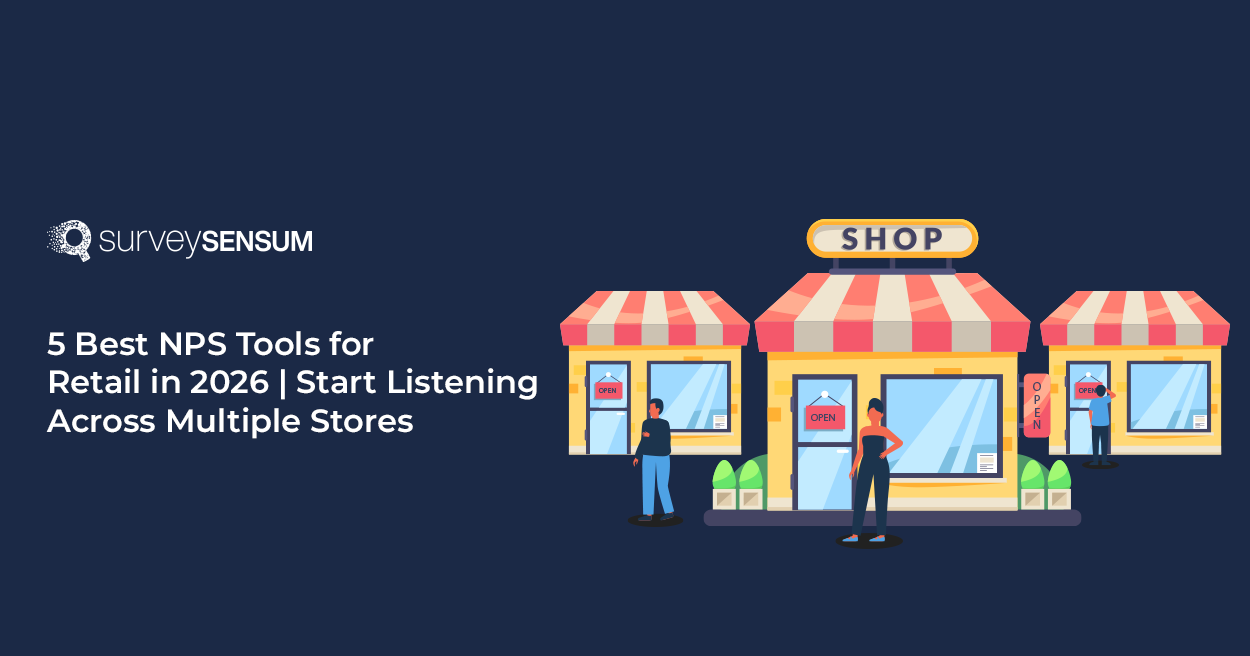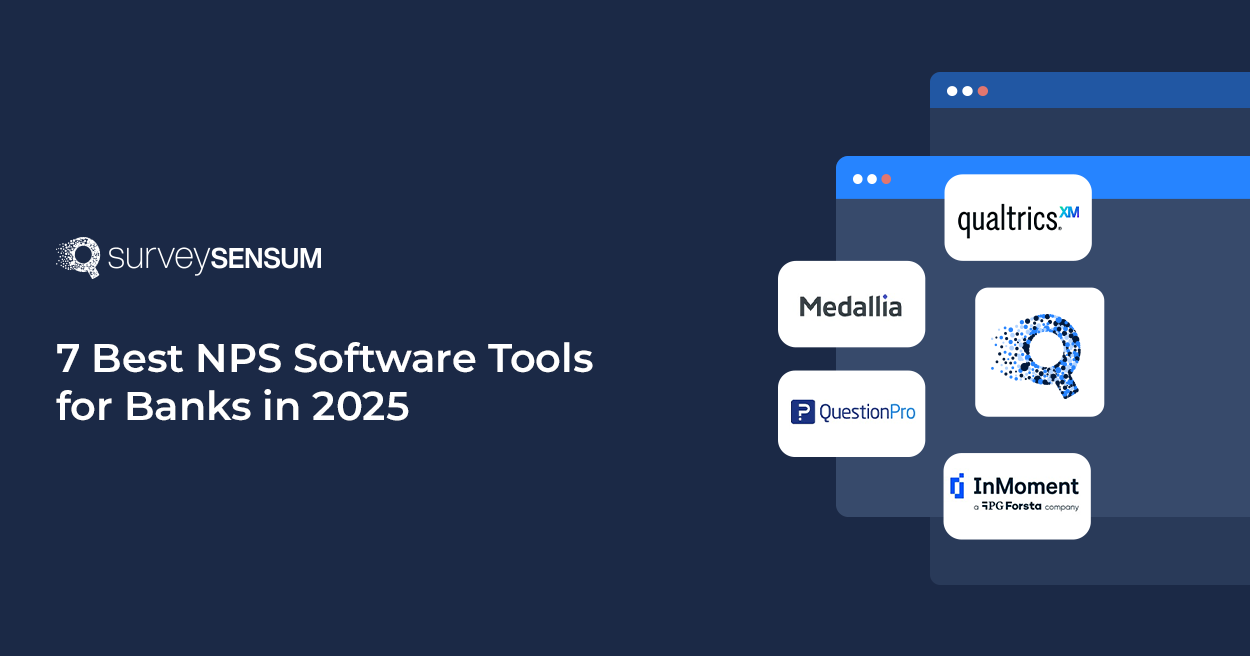

A fitness app team was analyzing its user interactions. Their insights revealed a surge in “workout plans” and “nutrition tips” queries on their knowledge base.
Here’s what they did –
- They updated the app’s navigation, featuring workout plans and nutrition advice.
- Content related to these topics was enriched, providing in-depth guidance and tips.
As a result, users started accessing tailored workout plans and nutrition guidance seamlessly. It helped the company enhance overall satisfaction and create a more personalized and efficient fitness experience.
These VoC insights are a powerful tool that unlocks what they love, want, and truly feel about products or services.
But the challenge is – How do we gather these VoC insights from the knowledge base?
Well, this blog talks about the five efficient strategies that transform your knowledge base into a powerful tool for understanding your customers better.
Let’s dive in!
5 Strategies to Gain VoC Insights from a Knowledge Base
- Keyword Analysis for Customer’s Language
- User Behavior Tracking
- Search Analytics
- Customer Surveys and Polls
- Collaboration with Customer Support
5 Strategies to Gain VoC Insights from a Knowledge Base
Here are effective strategies to gain Voice of Customer (VoC) insights from a knowledge base:
1. Keyword Analysis for Customer’s Language
Keyword analysis examines the words and phrases that customers use when searching for information or expressing their concerns. It involves analyzing the language customers use to ensure that the content in the knowledge base resonates with them.
It helps in:
- Creating User-Centric Content: Analyzing keywords helps align content with customers’ language, making information more accessible and encouraging customer-centricity.
- Improves Search Relevance: Understanding customer language enhances the effectiveness of search functionality, ensuring that users find relevant information quickly.
- Address Common Concerns: By identifying common keywords, businesses can address recurring customer concerns, reducing support queries and improving overall customer satisfaction.
These insights can be seamlessly gathered and analyzed using tools like Google Search Console, Google Analytics, Zoho Analytics, and SurveySensum’s Text Analytics integrated within your customer feedback platform.
Consider an e-commerce site analyzing keywords and discovering many searches about ‘battery life issues’ and ‘charging problems.’
In response, the team creates targeted content addressing these concerns, optimizes search functionality, and incorporates insights into product development. This leads to reduced support inquiries and increased customer satisfaction.
2. User Behavior Tracking
User behavior tracking is like watching how people move and act when they visit a website or use an app. This data-driven approach helps in optimizing content and improving the overall user experience.
Here’s how you can track your users’ behavior:
1. Using Tools like PageSense and Heatmaps: These tools show where users click, scroll, or spend the most time. It’s like having cameras to see which parts of a store people visit the most.

2. Analyzing Popular Articles and Navigation Patterns: Understanding how users move from one page to another provides valuable information about their journey on your platform. It helps uncover their preferences and intentions –what captures their interest, what they find helpful, and where they might face difficulties. By delving into these patterns, you can prioritize and optimize the most visited pages or articles, ensuring they provide the most value.
It helps in making data-driven decisions based on user interaction data. By leveraging these insights, businesses can strategically enhance elements of the website that users find challenging.
For example, an online learning platform observes users consistently accessing beginner programming tutorials. Heatmaps indicate a flow to advanced topics.
In response, the platform prominently features basic tutorials, streamlines navigation, and develops more advanced content, leading to increased user engagement and an enhanced learning experience.
3. Search Analytics
Search analytics involves the analysis of search queries within a knowledge base to improve search functionality and enhance content relevance.
Here’s a concise breakdown:
1. Analyzing Search Queries within the Knowledge Base: Utilize analytics tools to track and analyze user search queries. Identify commonly searched terms and phrases to understand user intent.
2. Improving Search Functionality Based on User Search Behavior: Optimize the search functionality based on observed user search behavior. Ensure that the search algorithm provides accurate and relevant results.
3. Enhancing Content Relevance Through Search Analytics Insights: Use insights from search analytics to update and improve content. Address topics that users frequently search for but may not find adequate information.
For example, there’s an e-commerce website that analyzes search queries. The search analytics reveal a high volume of queries related to “product specifications” and “customer reviews” for a specific product. In response:
- The search algorithm is refined to prioritize displaying product specifications and customer reviews.
- Content related to these aspects is enhanced and made more accessible.
- New articles are created to address common questions raised in search queries.
As a result, users can quickly find the information they seek, leading to improved user satisfaction and a more efficient search experience.
4. Customer Surveys and Polls
Customer surveys and polls involve gathering direct feedback to enhance the user experience.
1. Conducting Surveys and Polls to Gather Direct Feedback: Conducting surveys and polls is invaluable for directly engaging users and obtaining their feedback. By designing surveys with targeted questions and utilizing polls for quick responses, businesses can gain valuable insights into the user experience.
2. Asking Specific Questions About the User Experience: Crafting specific questions is essential to pinpoint areas of interest or concern in the user experience. Questions could focus on ease of navigation, satisfaction with available information, or any challenges users may be facing.
For instance, instead of asking, “How’s your experience?” a specific question like “Did you face any challenges during the checkout process?” provides direct insight into potential hurdles causing customers to abandon their purchases.
3. Incorporating Survey Results into Knowledge Base Optimization: The true value of surveys lies in translating feedback into actionable improvements. By analyzing survey results, businesses can identify pain points and positive aspects. Integrating these findings into knowledge base optimization ensures a more responsive and user-centric platform.
For instance, a software company conducted a customer survey. Specific questions were asked about the ease of finding troubleshooting information in the knowledge base.
Based on the survey:
- Users expressed difficulty in locating troubleshooting guides.
- The knowledge base team responded by restructuring content for easier navigation.
- A new category was added for common troubleshooting issues highlighted in the survey.
As a result, users started finding the information they needed more seamlessly, leading to improved satisfaction and a more user-friendly knowledge base.
Launch VoC Survey with SurveySensum!
5. Collaboration with Customer Support
The collaboration between a company’s customer support team, directly assisting customers, and the knowledge base team, responsible for creating and managing information, is pivotal in creating a seamless user experience.
This collaboration fosters a continuous flow of data-driven insights. It helps craft content that directly addresses customer needs, ensuring a more personalized and effective experience.
How it works:
1. Sharing Information: Customer support talks to customers every day. They’re like frontline warriors, dealing with customer questions and challenges. They share this valuable information with the Knowledge Base team to ensure a shared understanding of customer concerns.
2. Making the Knowledge Base Better: The Knowledge Base team takes the insights from customer support and uses them to improve their guides and answers. It’s like adding extra helpful tips to a guidebook so that users can find solutions more easily.
3. Building a Strong Team Bond: This collaboration ensures that everyone in the team is on the same page and helps each other. It’s like having a big, supportive family where everyone contributes to improving the overall customer experience.
So, with these 5 strategies, you can easily gain VoC insights from your knowledge base. Now, let’s understand how you can leverage those insights to increase customer satisfaction and retention.
What to Do with this Feedback?
1. User Persona Development:
Creating detailed user personas based on knowledge-base interactions is a strategic step to personalize the user experience. This involves tailoring content to address specific demographics, preferences, and pain points identified through user interactions.
By developing content that resonates with the unique characteristics of each user persona, businesses can enhance the relevance and impact of their knowledge base.
2. Continuous Improvement:
Establishing a culture of continuous improvement is essential to ensure that your knowledge base remains dynamic and responsive to changing user needs.
It involves, regularly reviewing and updating knowledge base content to reflect the latest information and address evolving user queries.
By consistently ensuring that the content remains accurate, relevant, and aligned with user expectations, businesses can maintain high user satisfaction.
In summary, leveraging feedback involves the development of detailed user personas to tailor content and support, creating a more personalized user experience. Additionally, fostering a continuous improvement culture ensures the relevance and effectiveness of your knowledge base in meeting evolving customer needs.
Conclusion
In conclusion, a well-managed knowledge base is crucial for understanding and meeting user needs. Leveraging insights gained from surveys and implementing personalized approaches can significantly enhance customer satisfaction and retention.
Embracing a culture of adaptability and ongoing improvement ensures the knowledge base remains a valuable asset in catering to evolving customer expectations.
SurveySensum serves as a valuable tool in understanding customer expectations and delivering exceptional experiences. By incorporating it into your knowledge base strategy, you not only streamline the process of gathering insights but also empower your organization to adapt and improve continuously based on direct user feedback.
Gather VOC Insights with SurveySensum

















